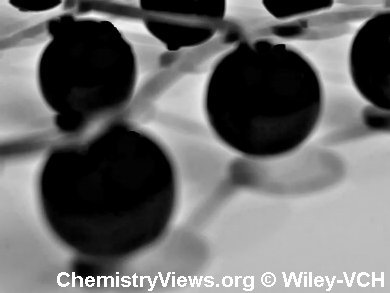Jonathan Coleman, Trinity College, Dublin, Ireland and colleagues have developed an easy method to produce large quantities of defect-free graphene; all they need is a blender, graphite, water, and a detergent.
High-shear mixing of graphite in suitable stabilizing liquids, like N-methyl-pyrrolidone, results in large-scale exfoliation to give dispersions of graphene nanosheets. The graphene flakes obtained were 300 to 800 nm in size and less than ten individual layers thin. X-ray photoelectron spectroscopy and Raman spectroscopy showed that, as long as they are present in the solvent, they show no signs of oxidation or other damage.
By fully characterizing the scaling behavior of the graphene production rate, the team showed that exfoliation can be achieved in liquid volumes from hundreds of milliliters up to hundreds of liters and beyond. Mixed in the right proportions and at the right speed and with an industrial mixer, the researchers produced 100 L of graphene suspension at once.
The graphene produced by this method performs well in applications from composites to conductive coatings. According to the researchers, this method can be applied to exfoliate BN, MoS2, and a range of other layered crystals.
- Scalable production of large quantities of defect-free few-layer graphene by shear exfoliation in liquids,
Keith R. Paton, Eswaraiah Varrla, Claudia Backes, Ronan J. Smith, Umar Khan, Arlene O’Neill, Conor Boland, Mustafa Lotya, Oana M. Istrate, Paul King, Tom Higgins, Sebastian Barwich, Peter May, Pawel Puczkarski, Iftikhar Ahmed, Matthias Moebius, Henrik Pettersson, Edmund Long, João Coelho, Sean E. O’Brien, Eva K. McGuire, Beatriz Mendoza Sanchez, Georg S. Duesberg, Niall McEvoy, Timothy J. Pennycook, Clive Downing, Alison Crossley, Valeria Nicolosi, Jonathan N. Coleman,
Nature Mat. 2014.
DOI: 10.1038/nmat3944




